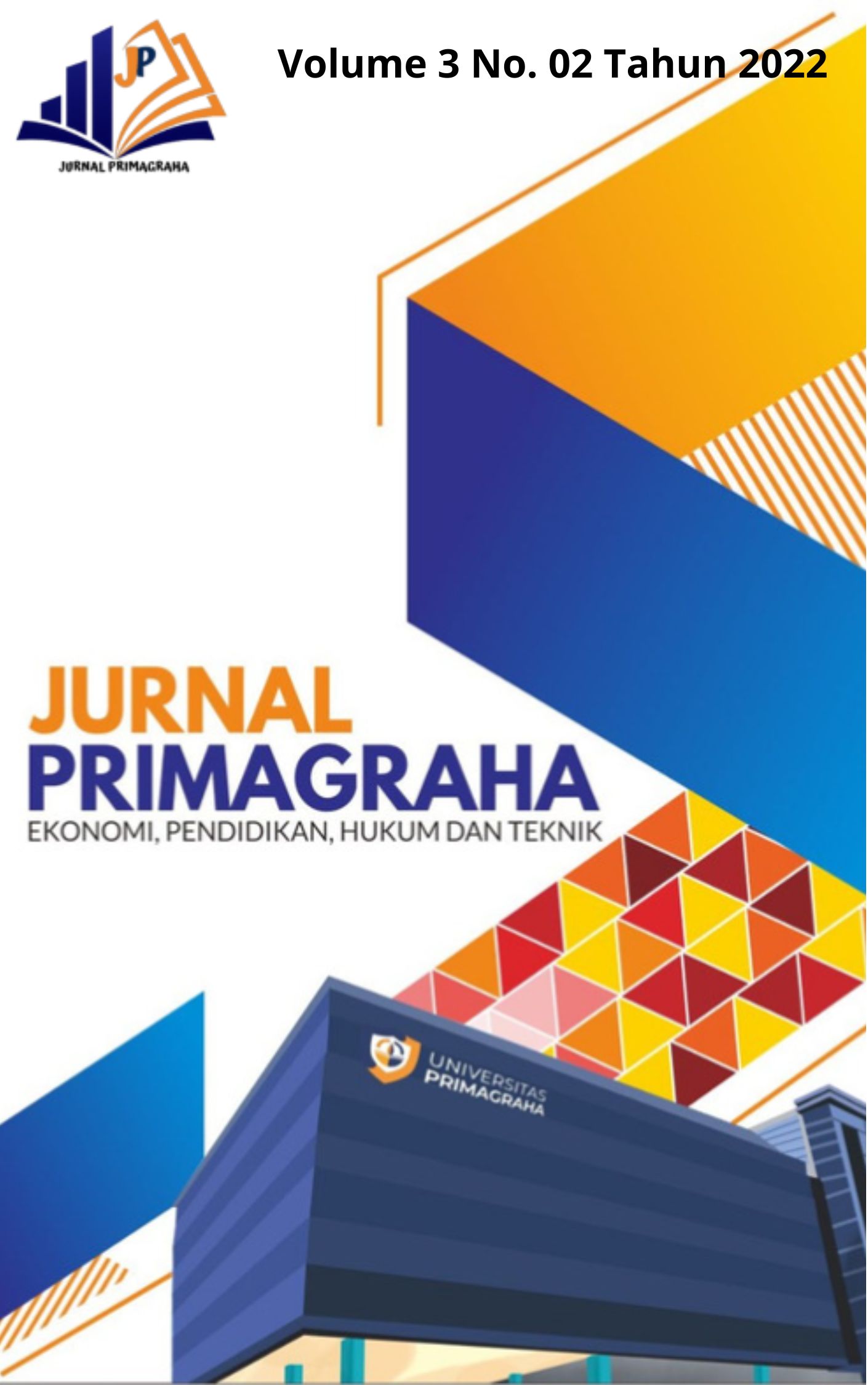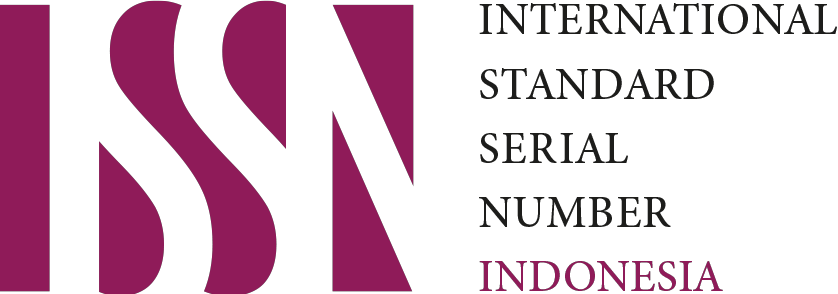Applying the PBL Method in Science Learning Using PPT and Video Media to Improve Student Ability
DOI:
https://doi.org/10.59605/jp.v3i02.674Keywords:
Problem-Based Learning , Science Learning, Power Point MediaAbstract
This study aims to improve: social studies learning activities through the application of problem-based learning (PBL) assisted by PowerPoint, and social studies learning outcomes for SD NEGERI RAWU students in Serang City. This type of research is classroom action research. The research subjects were students of class IV B of SD NEGERI RAWU City of Serang. The type of action applied is learning with the PBL approach assisted by PowerPoint and videos. Data collection techniques used are documentation, observation, interviews. Data were analyzed with descriptive statistics. This analysis is to explain the development of the learning process and learning outcomes before and after implementing learning with PBL. The results of this study indicate that after carrying out learning actions by applying Powerpoint and video-assisted PBL: 1) there was an increase in learning activities by 57% in cycle I, and 5% in cycle II; 2) there was an increase in learning outcomes of 57.58% in cycle I, and 6.06% in cycle II; 3) there was an increase in learning completeness of 36.37% in cycle I, and 12.12% in cycle II; and 4) increased attitudes and skills of group cooperation by 24.24% in cycle II.
References
Amris, F. K., & Desyandri, D. (2021). Pembelajaran Tematik Terpadu menggunakan Model Problem Based Learning di Sekolah Dasar. Jurnal Basicedu, 5(4), 2171-2180.
Ariyana, Y., Bestary, R., & Mohandas, R. (2018). Buku pegangan pembelajaran berorientasi pada keterampilan berpikir tingkat tinggi. Direktorat Jenderal Guru dan Tenaga Kependidikan Kementerian Pendidikan dan Kebudayaan Hak.
Ariyani, B., & Kristin, F. (2021). Model Pembelajaran Problem Based Learning untuk Meningkatkan Hasil Belajar IPS Siswa SD. Jurnal Imiah Pendidikan Dan Pembelajaran, 5(3), 353-361.
Jones, R. D. (2009). Student Engagement: Teacher handbook. International Center for Leadership in Education, Incorporated.
Wibowo, A. (2012). Menjadi Guru Berkarakter: Strategi Membangun Kompetensi & Karakter Guru. Pustaka Pelajar.
Arbaa, R., Jamil, H., & Ahmad, M. Z. (2017). Model bersepadu penerapan kemahiran abad ke-21 dalam pengajaran dan pembelajaran. Jurnal Pendidikan Malaysia. https://core.ac.uk/download/pdf/132305150.pdf
Martini, E. (2018). Membangun karakter generasi muda melalui model pembelajaran berbasis kecakapan abad 21. JPK (Jurnal Pancasila Dan Kewarganegaraan). http://oipas.sentraki.umpo.ac.id/index.php/JPK/article/view/1038
Mustafa, P. S., & Dwiyogo, W. D. (2020). Kurikulum pendidikan jasmani, olahraga, dan kesehatan di Indonesia abad 21. Jurnal Riset Teknologi Dan Inovasi …. http://journal.rekarta.co.id/index.php/jartika/article/view/371
Ramdani, A., Jufri, A. W., Gunawan, G., & ... (2019). Pengembangan alat evaluasi pembelajaran IPA yang mendukung keterampilan abad 21. Jurnal Penelitian …. http://www.jppipa.unram.ac.id/index.php/jppipa/article/view/221
Rosnaeni, R. (2021). Karakteristik dan Asesmen Pembelajaran Abad 21. Jurnal Basicedu. http://www.jbasic.org/index.php/basicedu/article/view/1548
Sutrisna, N. (2021). Analisis kemampuan literasi sains peserta didik SMA di Kota Sungai Penuh. Jurnal Inovasi Penelitian. https://stp-mataram.e-journal.id/JIP/article/view/530










